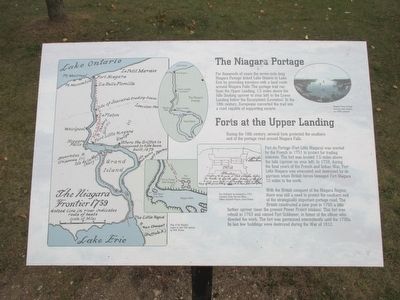Welcome to the Hedgesville Historic District, a place where history whispers through the streets and the past comes alive with every step. Established in 1836 by an act of the Virginia General Assembly, Hedgesville was strategically laid out in 1832 along the Warm Springs Road, now known as West Virginia Route 9. This thoroughfare once connected Alexandria, Virginia, to Bath, now Berkeley Springs, and played a crucial role in the town’s early development.
The town’s history is deeply intertwined with its natural resources, most notably the abundant Town Spring, which drew the first settlers to the area. This spring, renowned for its reliability even in times of drought, still flows at a consistent 57 degrees. The presence of such a resource was a magnet for early settlers and a pivotal factor in the town’s establishment.
During the tumultuous times of the French and Indian War in the 1750s, Fort Hedges was constructed under the supervision of none other than George Washington himself. This fort was part of a chain of defenses designed to protect settlers from French and Native American forces. The fort’s presence underscores the strategic importance of Hedgesville in early American military history.
Hedgesville’s streets are lined with antebellum structures, including original log homes that stand as silent witnesses to the town’s evolution over the centuries. The town was incorporated in 1854, and by 1870, the Town Council took control of the spring, reflecting the ongoing importance of this natural feature.
The Hedges family, for whom the town is named, played a significant role in its early development. Their legacy continues to be felt in the town’s name and its historic district, which is listed on the National Register of Historic Places.
Today, as you walk through Hedgesville, you are treading the same paths as those early settlers and military leaders. Each building and street tells a story of a community that has weathered the storms of history to stand as a testament to resilience and heritage.



